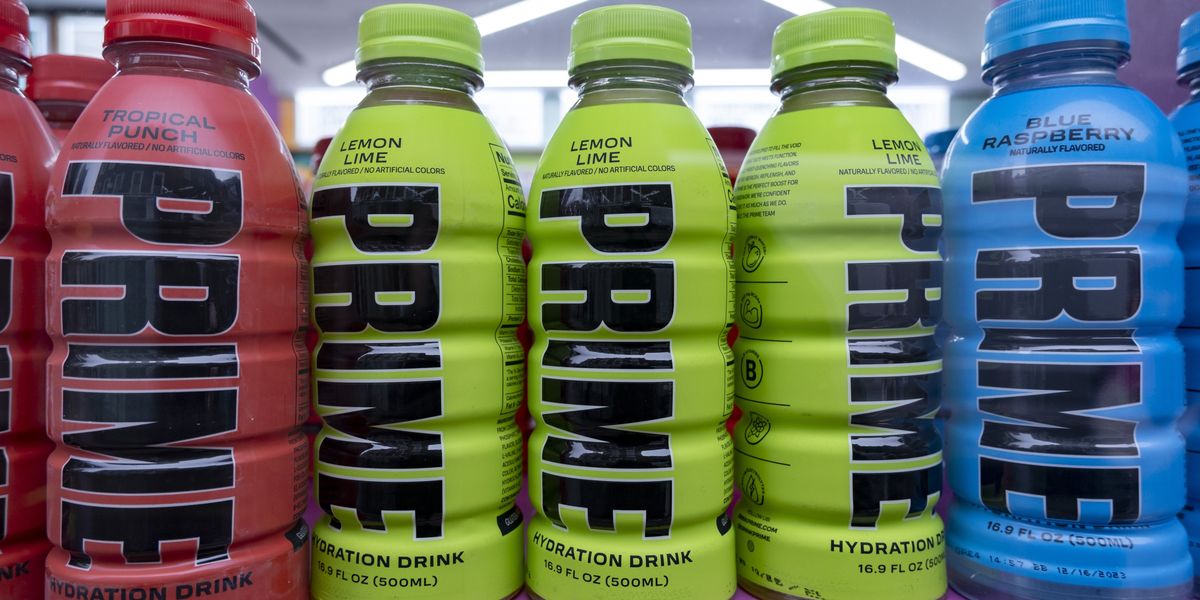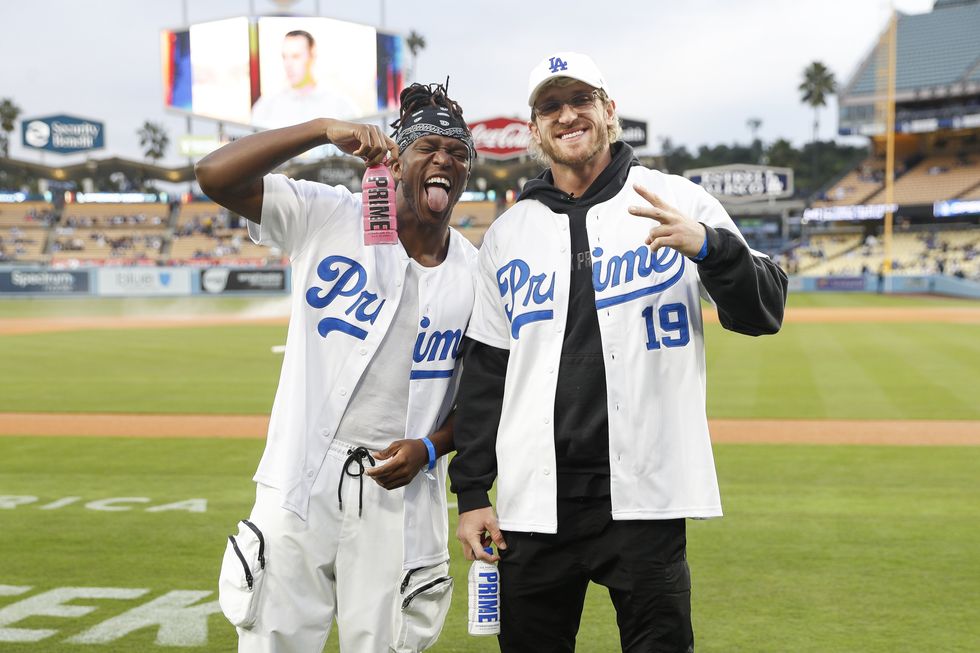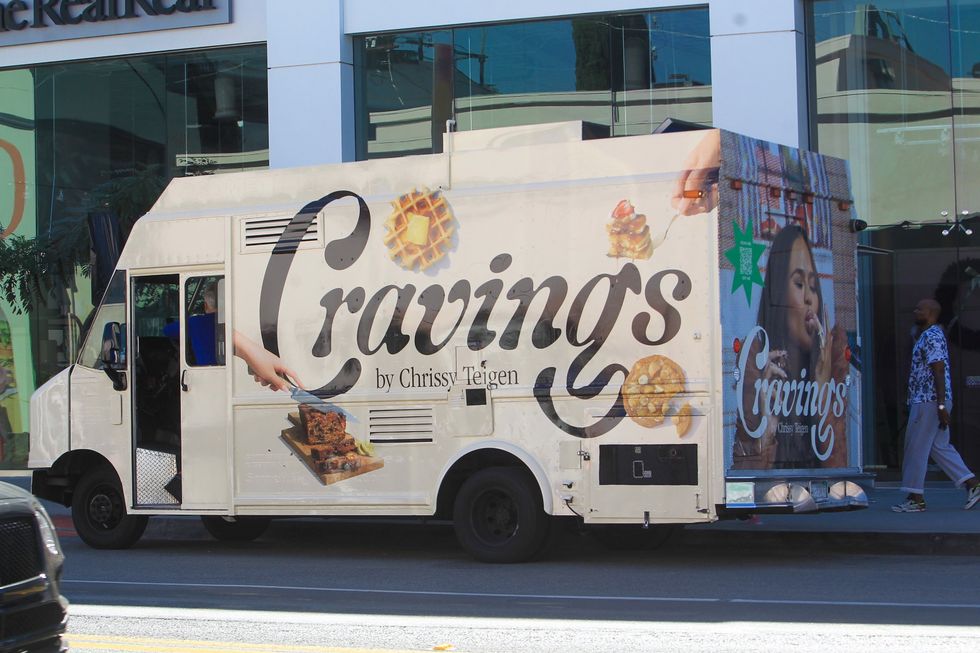
How Digital Creators Are Driving the Next Wave of Food Brands
BY
Dan Q. Dao | May 26, 2023

Welcome to Stirring the Pot, a column by Dan Q. Dao that dives deep into the intricacies of food and lifestyle culture. From niche food scenes to inescapable industry trends, Stirring the Pot marvels at all the world’s dinner dishes, Cheeto dust and influencer cocktails.

Back in 2013, when Instagram was barely a year old, and not yet as fully embedded into our shopping behavior, Ocean’s Eleven star George Clooney founded his now-ubiquitous tequila Casamigos. A decade later, it’s become the world’s fastest-growing spirits brand, with Clooney exiting in 2018 at $1 billion.
Americans at the time were already developing a taste for tequila, with premium brands growing 823% in just the last 10 years. But Casamigos’ success can also be attributed to Clooney’s status as a Hollywood fixture in a time when movie stars ruled the cultural conversation. Fresh off Argo and The Ides of March, Clooney was an industry icon in his prime.
The closest thing we have to the miracle story of Casamigos today is reality TV star and model Kendall Jenner’s 818 Tequila. And while Jenner is by every standard a superstar in her own right, she — like her sister, Kylie, the billionaire behind Kylie Cosmetics — are where they are precisely because they mastered the pivot from on-screen fame to online content creation.
In recent years, as Gen-Z consumers come of age, brands founded by content creators — even those smaller than the Kardashians — have begun chipping away at the dominance of the traditional celebrity brand. Take, for a recent example, internet celebrities Logan Paul and KSI’s Prime, a hotly-anticipated energy drink that caused chaos in supermarkets both in the US and overseas.

According to Honduras-based consumer packaged goods (CPG) expert Andrea Hernandez, who runs the online snacks-focused community Snaxshot, the rise of creator-led brands has less to do with conventional “stardom” and more to do with the fact that influencers today are inherently more attuned to their audiences than traditional stars have been in the past.
It’s a symptom of society’s, especially young people’s, changing relationship with fame, authenticity, and the community that’s becoming more inherent to brand consumption.
“With celebrities, there have always been these tiers and distance between them and their audience,” Hernandez tells PAPER. “A lot of the creators today are learning from celebrity brands, especially the ones that flopped. They know that you can’t just get attention from a big name. You need to fit your product to your audience.”

That’s not to say other traditional celebrities aren’t still launching brands — they are more so than ever before. Particularly in the food and drink category, with its lower barrier of entry than beauty or fashion, dozens of actors and singers are getting into the mix. In 2022 alone, we got Katy Perry’s non-alcoholic aperitif De Soi, Noah Schnapp’s hazelnut spread TBH, and Chrissy Teigen’s baking mixes — an expansion of her Cravings by Chrissy Teigen empire. And in 2023, even Jennifer Lopez got into the game with Delola, a bottled spritz, even though she doesn't drink.
But within the CPG industry, these brands are often spoken of in the same breath as YouTube star and Gen-Zer Emma Chamberlain’s eponymous coffee brand Chamberlain Coffee, which launched in 2019 and last year closed a $7 million Series A round. Then there’s YouTuber MrBeast’s namesake MrBeast Burger, which brings in an estimated $100 million in annual revenue. Hernandez, who coined the neologism “celebrity packaged goods,” has since dubbed a new term: “creator packaged goods.”
“I think that people don’t pay as much attention to celebrities having their own brand anymore, because, let’s be honest, every celeb has one or multiple,” says Evan Burns, co-founder of Miles Teller’s Long Drink and TikTokers Bryce Hall and Josh Richards’ Ani Energy. “What’s the edge on another person launching a tequila? Creator brands have tapped into being authentic and creating content that their customers love.”
Indeed, it’s no longer enough to build notoriety around a name. Most successful creators nowadays are not just famous: they’re constructing entire universes that have room for their followers to participate. This is evident in the marketing for Ani, which set up Walmart meet-and-greets with Hall and Richards to promote the drink’s launch in 400 stores.
Hernandez also cites the user-generated content created around Prime, where the drink is seen at Little League tournaments, with teens posting content of their trophies alongside the bottle. This kind of buy-in, she says, can’t be replicated without strong alignment with the audience. “For Gen-Z, authenticity is the new luxury,” she explains, adding that Emma Chamberlain started off as a Youtube vlogger sharing cold brew recipes that her fans wanted to replicate.
“Anyone with an audience has a brand,” adds Jenny Gyllander, the founder of Thingtesting, a review platform known for spotting rising internet-born brands. “Doesn't matter if you are Neiman Marcus, Jennifer Aniston or a rising star on Tiktok, someone will trust and follow what you do. The channels are new and the influencers are new, but there are no shortcuts in how to build trust with consumers.”
It’s worth noting that this content-to-commerce pipeline is reaching new heights thanks in part to new modes of business and operational support for small creators. According to Zawwar Khan, a former PepsiCo brand manager who now works as a consultant for creators building CPG brands, it simply wasn’t possible in the past for creators to even get their ideas off the ground.
“Creators are often sitting on amazing ideas that they develop through a two way dialogue with their audience,” Khan explains. “However, for many years, creators did not have access to strong operator partners to bring their ideas to life.”
“We may only talk about Kylie, George Clooney, or Jessica Alba's success, but there seems to be an ignorance to the teams of hundreds operating the brand behind the scenes day in and day out,” he adds. “Creators did not have access to operators of this quality until about 2021.”
Beyond launching their own brands, creators today also have increased access to brand partnerships with much larger entities who are looking specifically to tap into more niche audiences. Take, for example, a recent collaboration between food influencers Ewa and Jeromy Ko of Nom Life with Spam, a mainstream brand whose ingredient happens to carry nostalgia for Asian Americans. In 2022, Nom Life released a successful clothing collaboration with the brand.
“Creators are unique in that they’ve grown together with their audience — there's an alignment of interests or passions that can make it easier to mutually connect over brands or products,” explains Ewa. “Our brand is very centered around food; particularly giving a platform to many Asian based recipes, culture and stories. Spam is a part of many Asian cultures due to its history, so the connection with not only us, but also our audience, was very natural.”
All of this being said, the progress made by creators has not shut out those who come from the world of traditional celebrity. In fact, smaller celebrities in any industry can leverage the same tactics as any other content creator in order to adapt to the changing landscape. Model Constance Jablonski, who co-founded the non-alcoholic wine French Bloom with Maggie Frerejean-Taittinger, says she has kept her followers engaged by sharing her business journey.

“The modeling lifestyle is not always compatible with drinking alcohol,” says Jablonski, who notes that being a mom also helped lead her to create the brand. “It's been exciting to have my career evolve naturally from mode to mother and entrepreneur. Sharing this evolution on social media is fascinating, as your audience tends to know instinctively if you are being authentic and true. It's an incredibly rewarding feeling to get feedback from our community in real time.”
For Hernandez, the future of marketing food and drink products is centered on community, especially niche audiences. This is especially key as more and more brands launch, each vying for eyeballs and attention. “I do think we’re going through a hype cycle and we just can’t sustain all these options in such a concentrated space, but it’s fun to see the industry decentralized.”
 TikTok's Pink Sauce is Now Available at Walmart
TikTok's Pink Sauce is Now Available at WalmartShe cites TikTok’s Pink Sauce, as well as the viral sensation “Corn Kid” partnering with Green Giant as recent examples of smaller-than-ever creators making it onto big-box supermarket shelves. Buying such products and sharing the act becomes an inside joke for those online enough to know them. But it speaks to a larger desire for belonging that has led consumers to not only align with aspirational brands they wear, but also the everyday ones they eat and drink.
“For millennials, it was about getting our parents to buy us the new pair of jeans that everyone had — that was our affordable affluence,” Hernandez concludes. “This has trickled down to items that are considered mundane. It’s no longer just about the price of the item, but the feeling of partaking in a community gathering. It fills in a desire for an online generation to find friction, or an analog connection, with the digital creators who have basically become their celebrities.”
Throughout May, PAPER will roll out our final projects under the most recent editorial team. These pieces continue pushing forward our mission to provide a platform for fresh talent and important stories too often overlooked. From the subjects to the creatives behind the images, our hope is for you to discover new things and be inspired by what you see. As always, thank you for showing up and being part of our community. –Justin Moran, Editor-in-Chief
Photos via Getty Images / Brandon Sloter / Icon Sportswire / JOCE/ Bauer-Griffin / GC Images / Mike Kemp / In Pictures / Courtesy of French Bloom